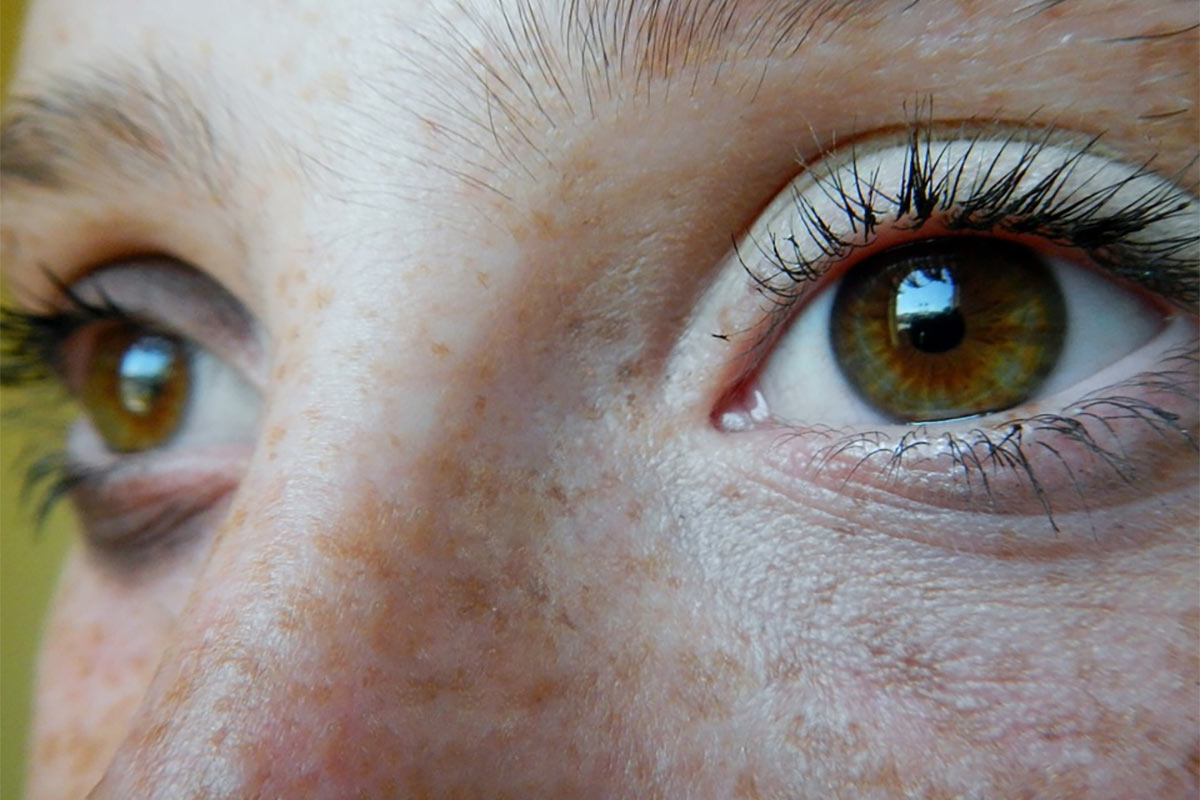There is a concern among charities that by 2050, the number of individuals living with sight loss throughout the UK could reach four million people. It was estimated that there was more than two million people suffering from sight loss across the country in 2017, though only 360,000 of these individuals were officially registered as being blind. However, the RNIB predicts that 250 people start to lose their sight each day and that one in five people will go through sight loss throughout their lifetimes.
Does sight loss occur for any common reason? Also, are there solutions available to prevent sight loss from developing once it begins or techniques to prevent the condition from developing in the first place? According to the RNIB, refractive error is the most common cause of sight loss amongst the two million people living with sight loss in the UK. 39% have a refractive error, whilst 23% have age-related macular degeneration, 19% have cataracts, 7% have glaucoma, 7% have an eye disease and 5% have diabetic retinopathy. But how does this reflect demographic sight loss?
Analysing sight loss among the elderly
As you age, the risk of developing sight loss will increase. The elderly is the most likely to suffer with sight loss, with one in five people aged 75 and older living with sight loss in the UK. This could potentially be linked to old age and a deterioration in health issues. However, research suggests that nearly half of all sight loss is avoidable, including sight loss in old age. Almost two thirds of sight loss in older people is caused by refractive error and cataracts. Both conditions can be diagnosed by a simple eye test – to which the majority of cases can be treated to improve the person’s sight by prescribing correct glasses or cataract surgery.
Undertaking surgical procedures may help as well. Most common procedures involve the surgical removing of cataracts or laser eye surgery. Cataract surgery is a straightforward procedure lasting around 30 to 45 minutes. Approximately 333,000 cataract operations are carried out annually in England alone – with an estimate of 30% of people aged 65 years and older having cataracts in at least one eye. This is because around 95% of cataract instances are aged related. Of those 333,000 patients annually, approximately 40% of patient have surgery on both eyes.
Looking into laser eye surgery or lens surgery may also help elderly citizens if they would like to become less dependent on visual aids like glasses and contact lenses. 95% of people who have had refractive surgery are happy with the results – however, most people who want to have refractive surgery will have to pay to have it performed at a private clinic, with costs varying. Additionally, around one in 10 people have to have additional surgery to get the best results after laser eye surgery.
Analysing sight loss among adults
Adults will go through sight loss for a number of reasons. The most common cause appears to be AMD, with 48% of adults blind due to AMD. Whilst refractive errors appeared to be common amongst the entire sight loss population, only 2% of adults are living with blindness due to refractive error – suggesting that refractive error must be much more common amongst children instead of adults. 17.5% of blind adults are suffering sight loss due to glaucoma, and 16% due to cataracts.
Analysing sight loss among children
Around 25,000 children (those aged 16 years and under) are currently living with sight loss throughout the UK. There are several causes of sight loss amongst children, but cerebral visual impairment is the common cause of certification for severe sight impairment in England and Wales. Severe sight loss and blindness is difficult to treat; however, some cases of visual impairment can be treated amongst young children to correct vision defects, if caught in early stages.
Prompt diagnosis and receiving treatment as soon as possible are two important elements for correcting many vision problems in children. Corrective lenses and glasses can be prescribed to treat refractive errors in children’s eyes, such as nearsightedness (myopia), farsightedness (hyperopia) and astigmatism – the aim of this is to correct the vision defect before it develops into a long-term issue. If caught at a young age, the child has a better opportunity of minimising their potential sight loss.
If a child suffers from a misalignment of one eye — otherwise known as strabismus — then corrective lenses could treat the condition. This can be treated by correcting any refractive error with glasses, an eye patch to equalize vision, and, in some cases, surgery to alter the way the muscles pull the eye.
Meanwhile, patch therapy is recommended as a treatment for children suffering from farsightedness, cataracts or misalignment of the eyes — also referred to as amblyopia. Approximately six out of every 10,000 newborn children have cataracts, which is a clouding of the eye’s internal focusing lens. When caught in the early stages — most effective when caught in the first four years of life — amblyopia can be corrected. If caught after the age of eight years old, amblyopia is less responsive to treatment and could result in a long-term visual impairment.
It is an unfortunate truth, however, that not all children can be cured of blindness. For those who can’t have their visual impairment cured, there are schools for the blind to enhance their education, and make learning as a child more successful and independent.
Sources
http://www.rnib.org.uk/professionals/knowledge-and-research-hub/key-information-and-statistics
http://www.rnib.org.uk/nb-online/eye-health-statistics
https://help.rnib.org.uk/help/newly-diagnosed-registration/registering-sight-loss/statistics
http://www.mychildwithoutlimits.org/understand/vision-loss/treatment-for-vision-loss/
https://www.lasereyesurgeryhub.co.uk/cataract-statistics/


